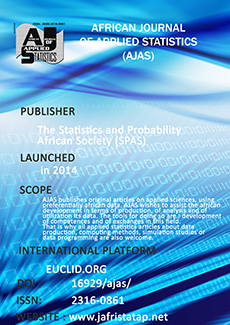Abstract
Spatial data modeling can provide significant value to healthcare organizations by improving decision support, resource management and distribution, and clinical outcomes. The aim of this study was to (i) summarize the trends of the modeling techniques used to analyze point-referenced spatial data in epidemiology and (ii) examine if all information required when applying these modeling techniques were properly reported in the published papers. A literature search was limited to journal papers published from January 2010 to June 2022 using PubMed, Scopus, Crossref, and Google Scholar. From 528 articles identified with the defined keywords, 351 were retained for the review. The results revealed that the use of modeling techniques in spatial data for infectious diseases increases exponentially over time. The most common spatial method was Empirical Bayesian Kriging [EBK] (52% of the selected articles), followed by Spatial GLMMs (34%) and Spatial smoothing Kernel Estimation (13%).
La modélisation des données spatiales peut apporter une valeur significative aux organisations de santé pour la prise de décision en matière de recherche clinique. L'objectif de cette étude avait pour but (i) d'étudier les tendances des techniques de modélisation utilisées pour analyser les données spatiales ponctuelles en épidémiologie et (ii) de voir si toutes les informations requises lors de l'application de ces techniques étaient correctement rapportées dans les articles publiés. Une recherche documentaire a été limitée aux articles publiés entre janvier 2010 et juin 2022 en utilisant PubMed, Scopus, Crossref et Google Scholar. Sur les 528 articles identifiés à l'aide des mots-clés définis, 351 ont été retenus. Les résultats ont révélé que l'utilisation de ces techniques de données spatiales augmente de façon exponentielle. La méthode spatiale la plus courante est le krigeage bayésien empirique [EBK] 52%, suivi par le GLMM spatial (34%) et l'estimation par noyau de lissage spatial (13%)
Citation
Romuald Beh Mba. Bruno Enagnon Lokonon. Romain Glèlè Kakaï. "Quality report of infectious disease modeling techniques for point-referenced spatial data: A Systematic review." Afr. J. Appl. Stat. 10 (1) 1368 - 1382, January 2023. https://doi.org/10.16929/ajas/2023.1368.272
Information





